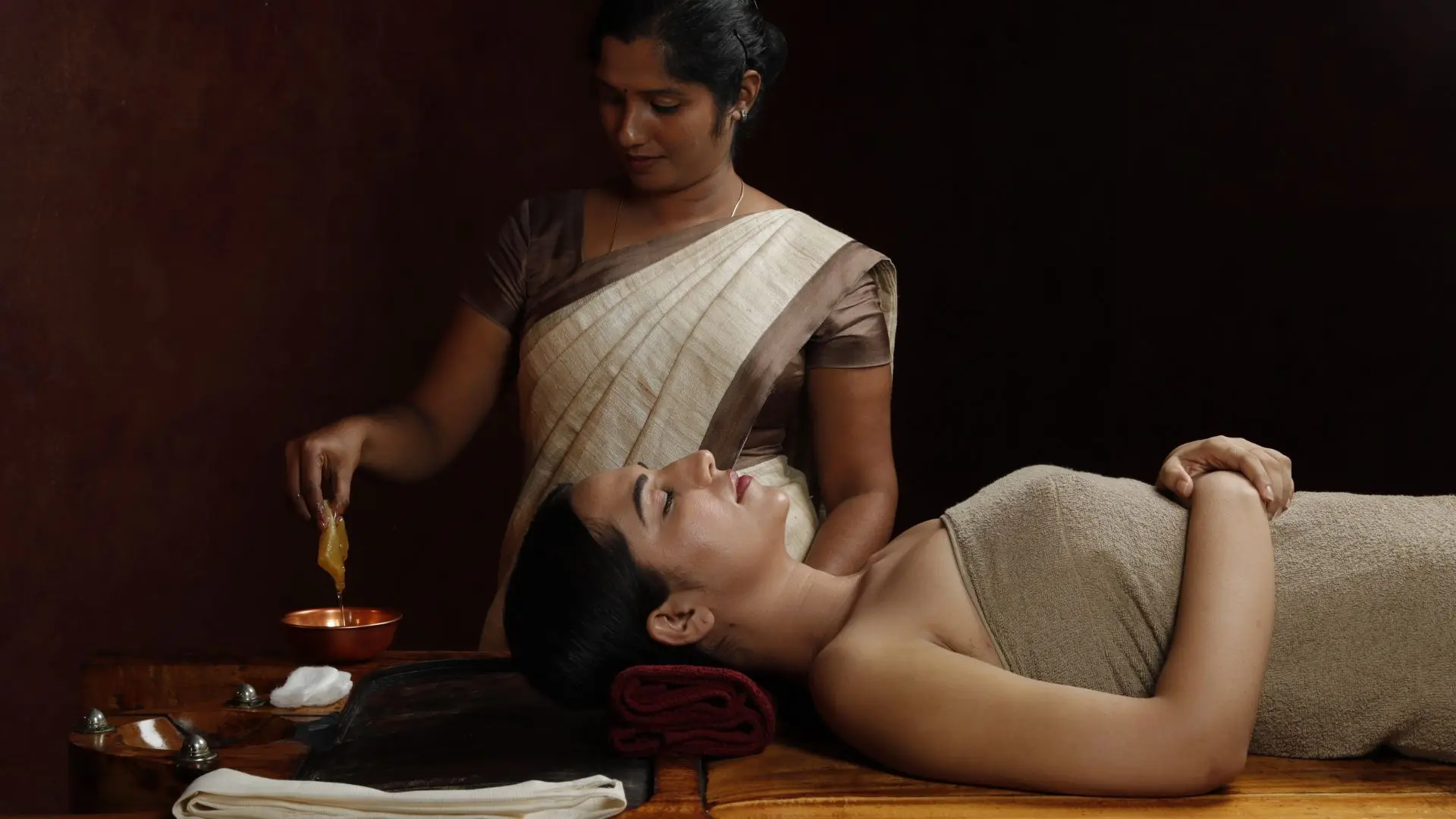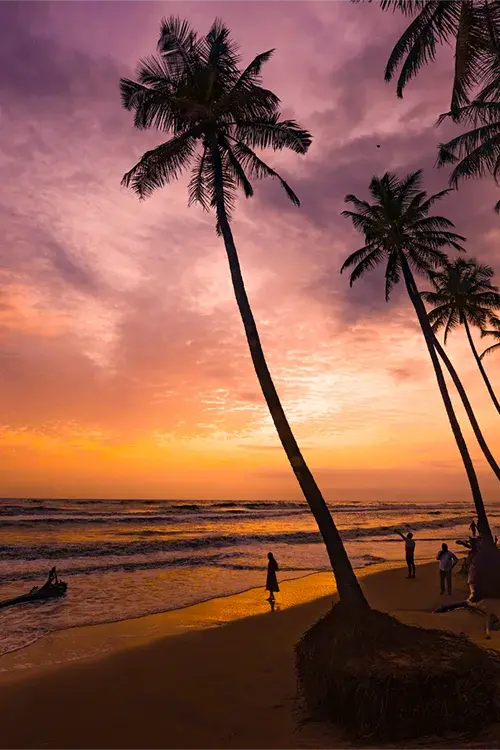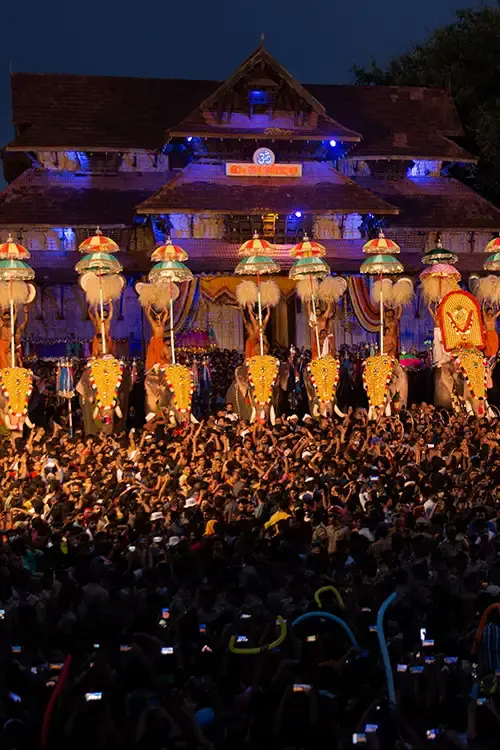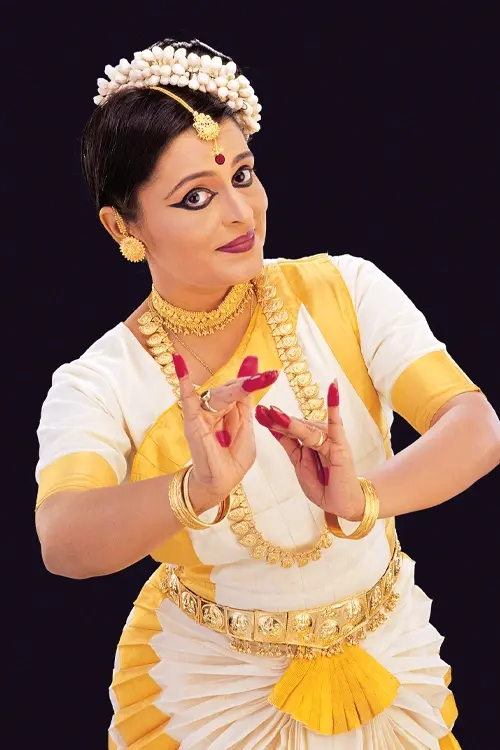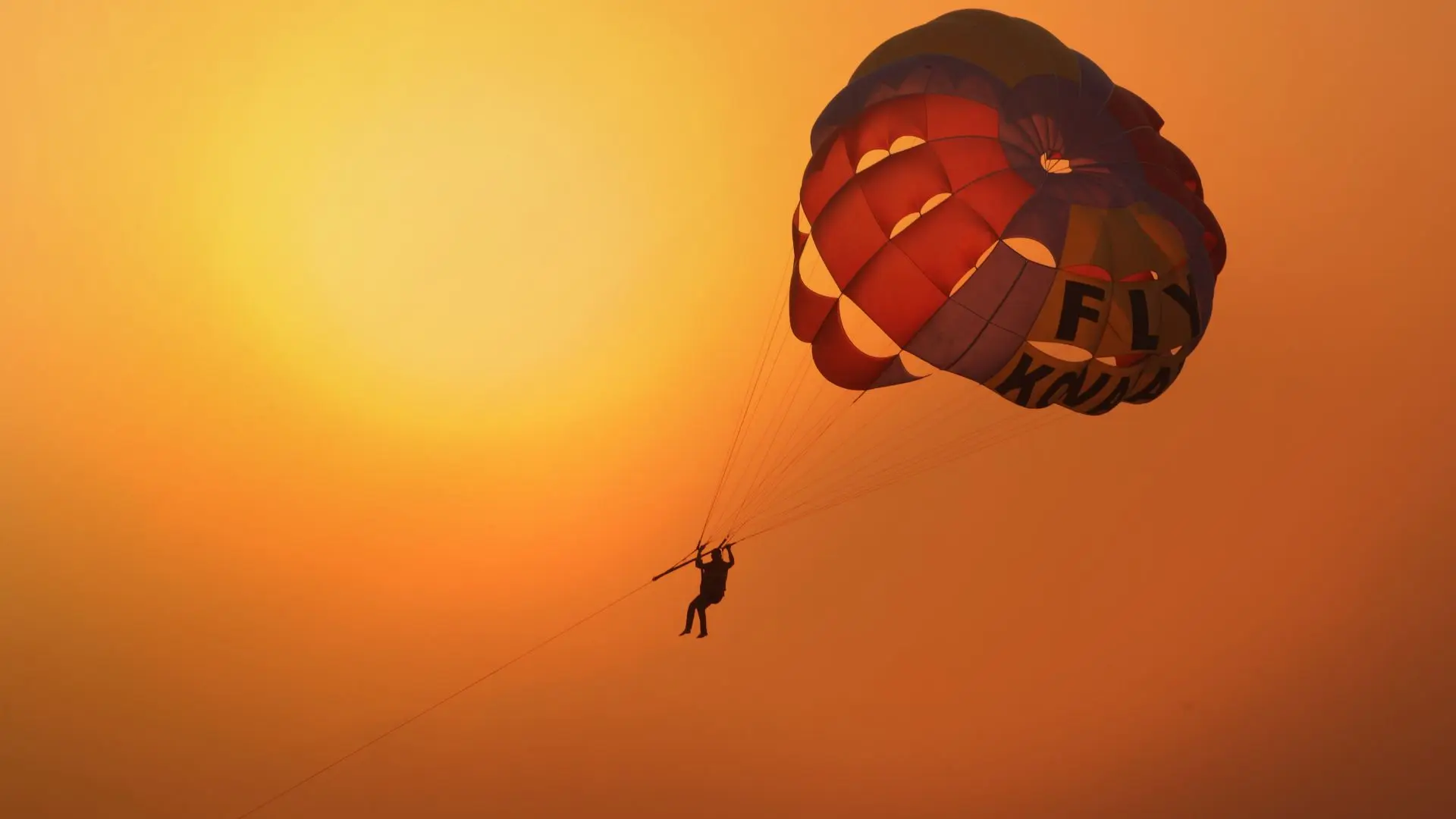Enchanting Kerala
Tribal art forms
The primitive inhabitants of Kerala are unique examples of communities in isolated existence, still preserving their life and customs, almost untarnished by the advancing waves of urbanization.
Keeping rhythm with the pulse of nature and identifying reasons for expressions from their traditional life, the tribal people of Kerala gave form and meaning to a string of art forms which are fascinating and simple in presentation. These art forms often convey their candid feelings, which are born out of experiences in life. Sometimes performed to emphasize the values, traditions and lifestyle followed by a tribe, there are tribal art forms that are also performed to show respect to Mother Nature.
The artistic expressions of the tribal community in Kerala reflect their distinct, secluded and ancient social structure. These tribal art forms still survive in the tribal hamlets of Kerala's forested hilly tracts. Each of these communities has its own distinct dance tradition. Some of the musical instruments used by the tribal people are unique with drums of varying sizes and tone widely used.
Let us now get familiar with some of the tribal art forms of Kerala.
Gadhika
Performed by the Adiyaan tribal community in Wayanad District, the origin of Gadhika is attributed to the arrival of Goddess Devi - Mariyamman from Mysore in the nearby state of Karnataka- to Wayanad in Kerala.
The whole presentation of this ritual art form is like a dance-drama, involving a team of musicians playing wind instruments and percussions. Performers dance around a lighted lamp and the lead performer in the course of the dance would interact with the musicians, argue with them, tries to find resolution and finally does his best to appease Goddess Devi. Gadhika is primarily done to drive away severe illnesses and disease conditions affecting the members of the tribal community by propitiating Goddess Devi or Mariyamman.
Midhuva Dance
The tribal communities in Wayanad District of Kerala have many interesting dance forms and songs to mark various occasions in life. The Midhuva ritual is one such expression through dance and music performed as part of nuptial ceremonies.
Performed by members of the Nayikkan tribe, the Midhuva dance comprises men and women, who dance with simple steps, clapping hands, maintaining a circular pattern and sideways swaying movements. The instruments that accompany this dance include a small-sized wind instrument and a percussion to provide rhythm.
Kambra Nritham
The tribal dance called Kambra Nritham is associated with activities in the paddy fields. This tribal dance belongs to the hill district of Wayanad in north Kerala. The menfolk of the Adiyaan tribal community perform this dance during the paddy planting season. Clad in vibrant red-coloured dresses, the men line-up on the mud boundaries of the rice field and start dancing and singing, while their womenfolk are busily engaged in planting new rice saplings in the field
